In July 2025, the number of Indian students arriving in the United States dropped by 46 percent. This dramatic downturn was the steepest of the year, signaling deep trouble for international education. Overall, student visa arrivals fell by 28 percent year-on-year, totaling just under 79,000 for the month.
India and China Lead the Declines
India—traditionally the largest source of international students—saw the most significant reduction. China followed with a 26 percent decline. Together, these two countries represent the backbone of foreign enrollment. Their sharp decrease demonstrates how vulnerable U.S. higher education is to sudden shifts in immigration policy and visa administration.
The Roots of the Bottleneck
Much of the downturn can be traced to administrative disruptions. In late May 2025, the U.S. suspended student visa interviews entirely. When services resumed in mid-June, students faced new requirements, including detailed social media screenings. The timing collided with the crucial summer application window, producing backlogs and widespread uncertainty.
The Role of Section 214(b)
Visa appointment shortages compounded the crisis. Rising rejection rates under Section 214(b)—which flags applicants as potential immigrants—left many students without options. Families who had invested savings into the process faced devastating setbacks. For thousands, deferrals or cancellations replaced long-anticipated U.S. study plans, forcing them to rethink futures abroad.
Institutional Fallout and Tuition Losses
Universities now face severe financial consequences. Analysts project a 30 percent decline in first-time international enrollment this fall. That shortfall translates into an estimated $2.6 billion in lost tuition revenue. Institutions heavily reliant on international students are preparing for deficits in the tens or hundreds of millions of dollars.
Major Universities Feel the Impact
The University of Southern California reported a $200 million shortfall tied to visa delays. Arizona State University’s president described the disruptions as “more severe than the pandemic.” Such assessments reflect the scale of reliance on international students—not just for tuition, but for maintaining research, faculty positions, and academic programs.
Beyond Tuition: Wider Economic Strain
The impact extends beyond tuition bills. International students contribute significantly to housing markets, campus services, and local economies. A broader estimate suggests U.S. universities could face up to $1 billion in total revenue losses. Communities that rely on student spending in cities such as Boston, Houston, and San Diego will feel ripple effects.
The Human Cost for Students
Behind these statistics are individual stories of frustration. Thousands of Indian students and their families had invested life savings or taken on loans to pursue degrees in the United States. Rejection rates and delays have left even top applicants stranded, their dreams deferred at the edge of bureaucratic barriers.
Looking for Alternatives Abroad
As U.S. policies tighten, many Indian students are shifting their focus. Canada, the U.K., and European countries are seeing increased interest, actively marketing themselves as friendlier destinations. For families seeking certainty, the promise of smoother visa processes abroad outweighs the prestige once associated with American higher education.
Risks for U.S. STEM Leadership
The decline also threatens America’s long-term competitiveness. Indian students constitute a large share of graduate enrollment in STEM disciplines such as engineering and computer science. If downturns persist, academic departments risk losing critical talent. Innovation pipelines in research and technology—long dependent on international students—could slow dramatically.
Global Competitors Seizing Opportunity
Other countries are moving quickly to fill the gap. Canada, Australia, and European nations have expanded recruitment campaigns, highlighting affordability and streamlined visa processes. Their efforts may permanently shift the global education landscape, reducing the U.S.’s historic dominance in attracting top international talent for research and advanced studies.
The Trust Deficit in U.S. Policy
For students, the issue is no longer just cost—it is trust. Visa suspensions, stricter screenings, and heightened rejection rates signal instability. Without predictable pathways, families hesitate to commit. Rebuilding credibility in the U.S. visa system is essential if American universities are to remain competitive globally.
A Turning Point for Higher Education
July 2025’s decline is more than an anomaly. It represents a structural risk to the financial and academic vitality of U.S. universities. The crisis illustrates how immigration policy and higher education are deeply intertwined—and how quickly disruptions in one arena can destabilize the other.
Restoring America’s Appeal
The 46 percent drop in Indian student arrivals is a stark warning. Without urgent reform—streamlined processes, consistent policy, and a renewed message of welcome—the United States risks losing its edge as a global hub for learning. To protect both universities and students, rebuilding trust must become a top priority.

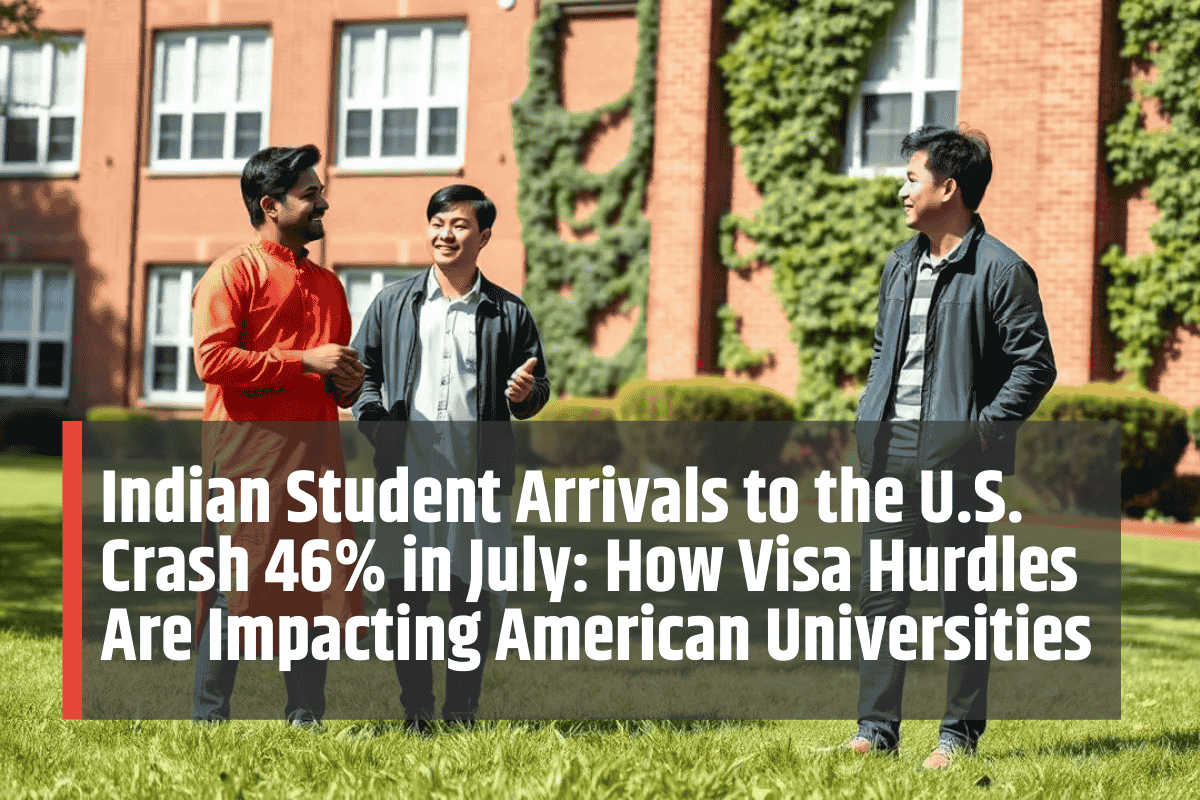
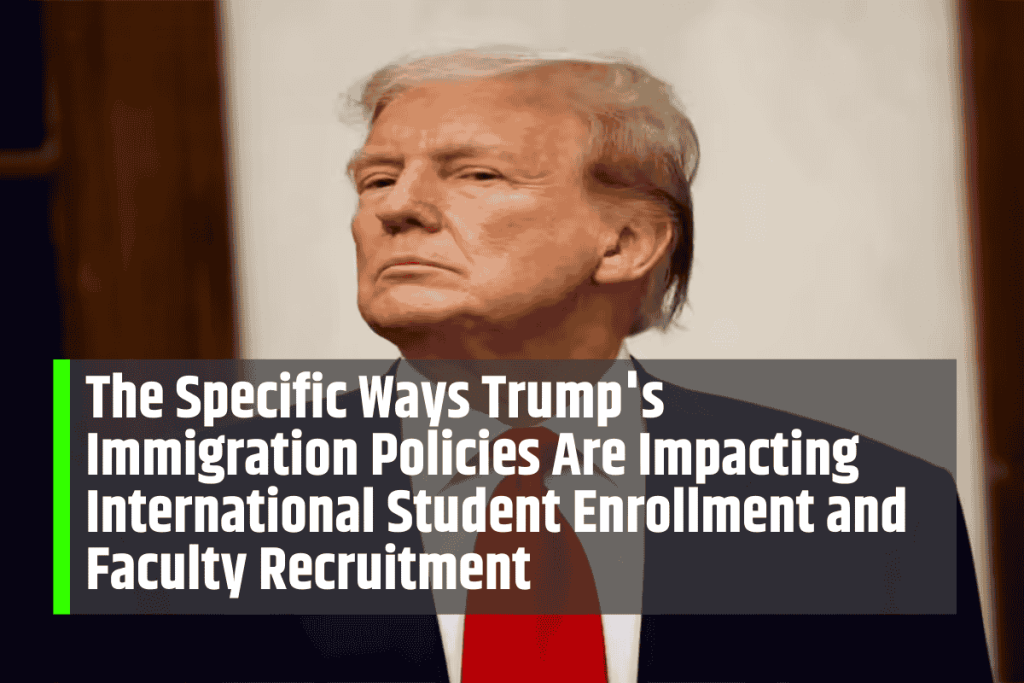

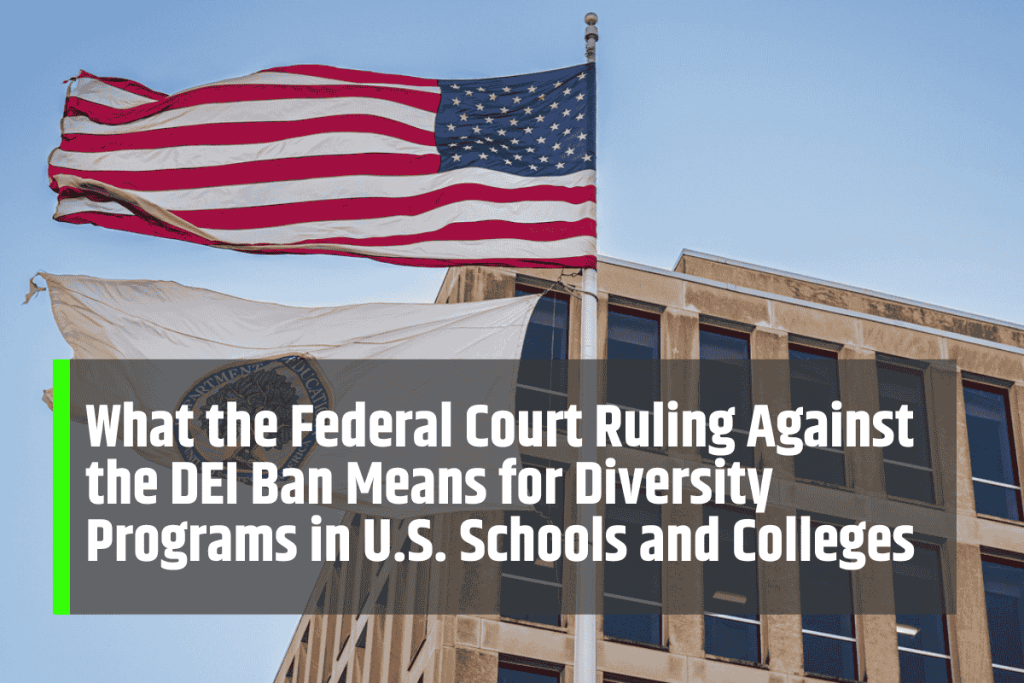
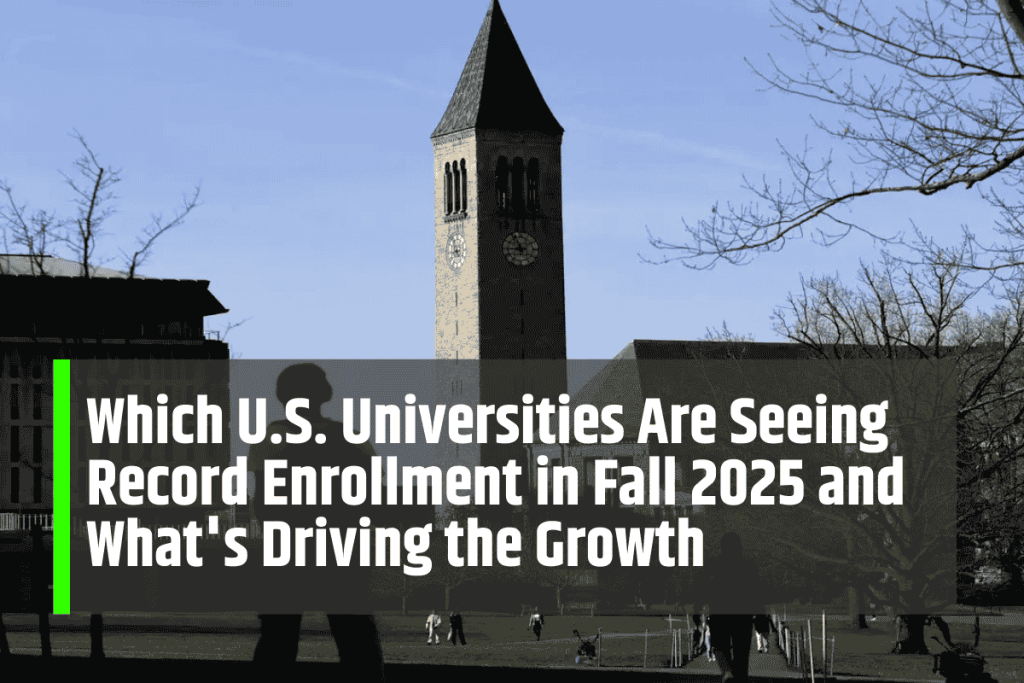
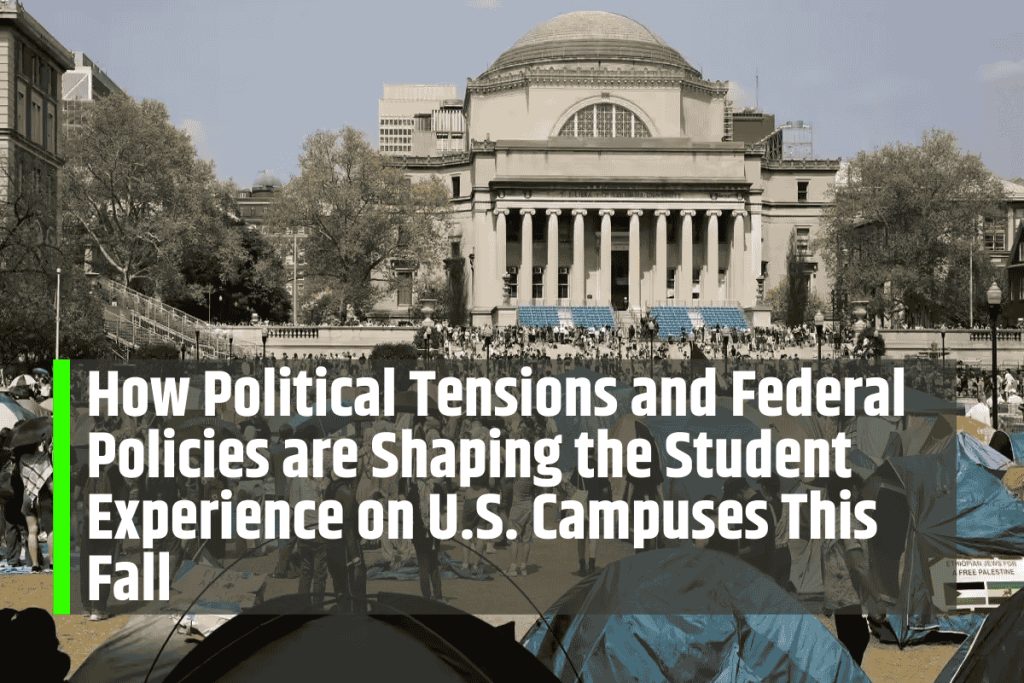
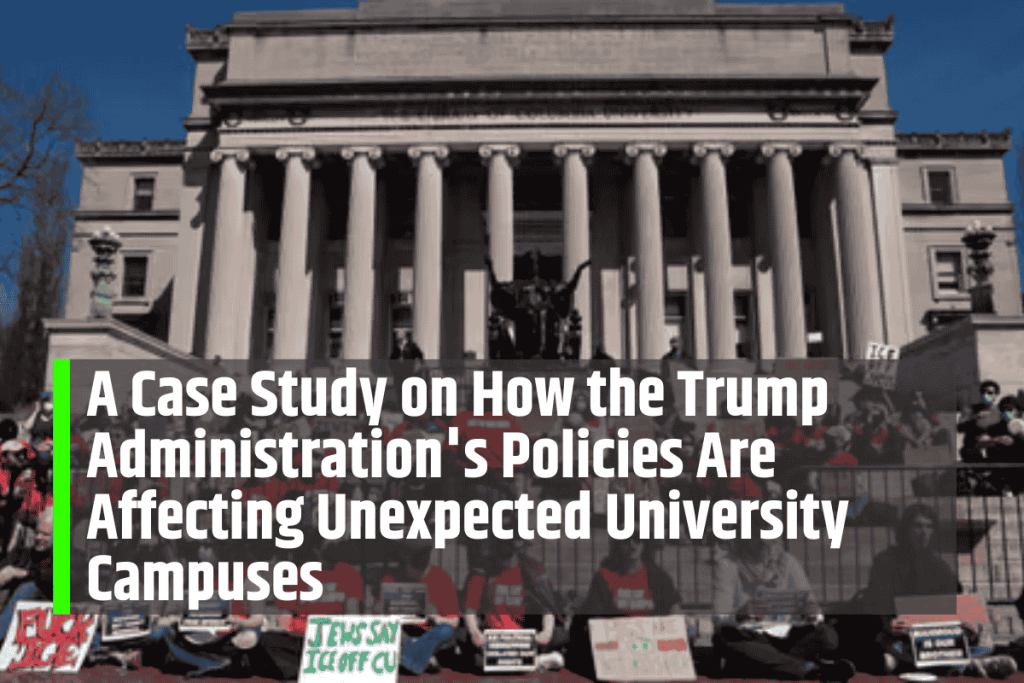
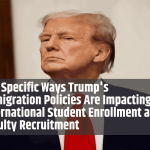


Leave a Comment